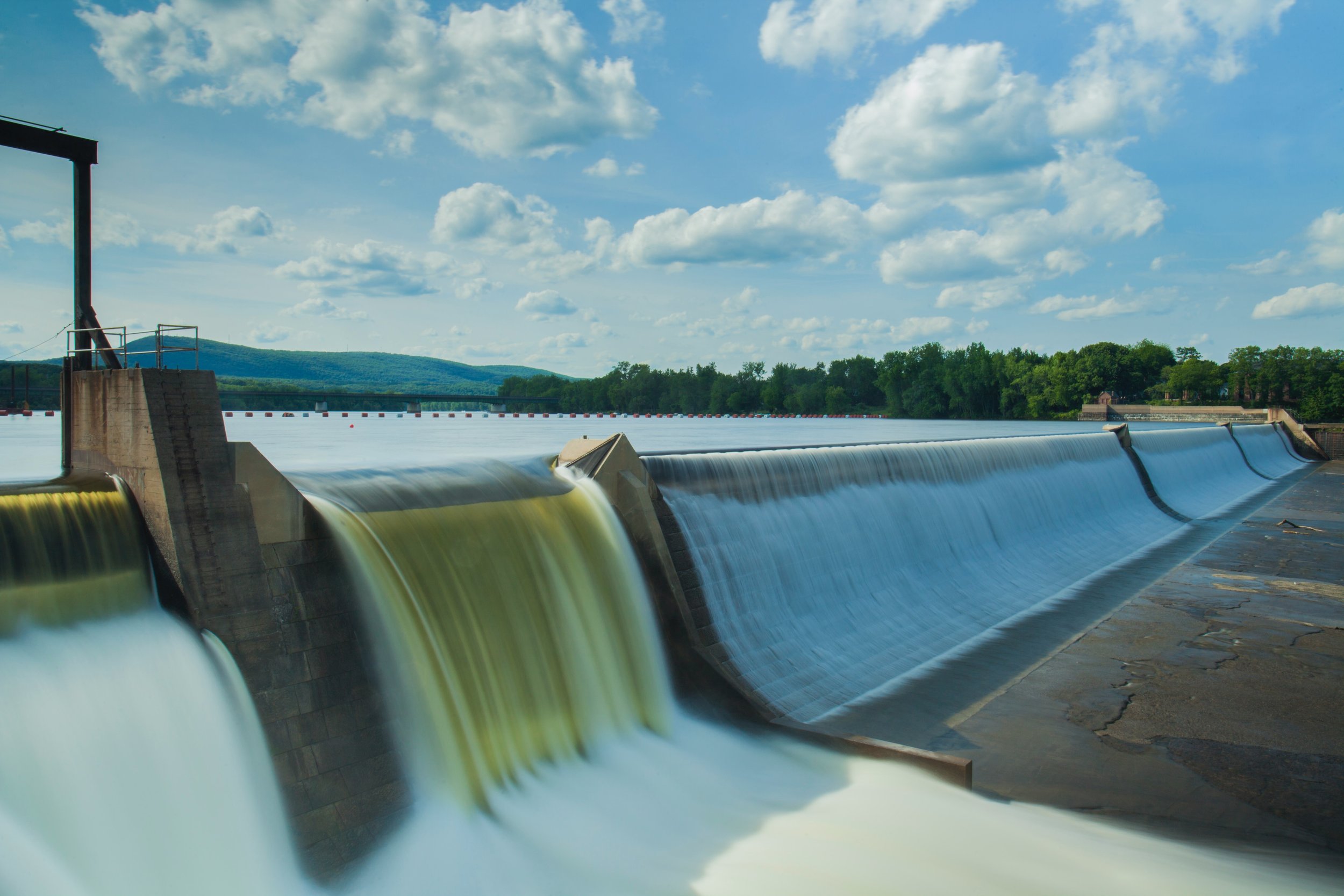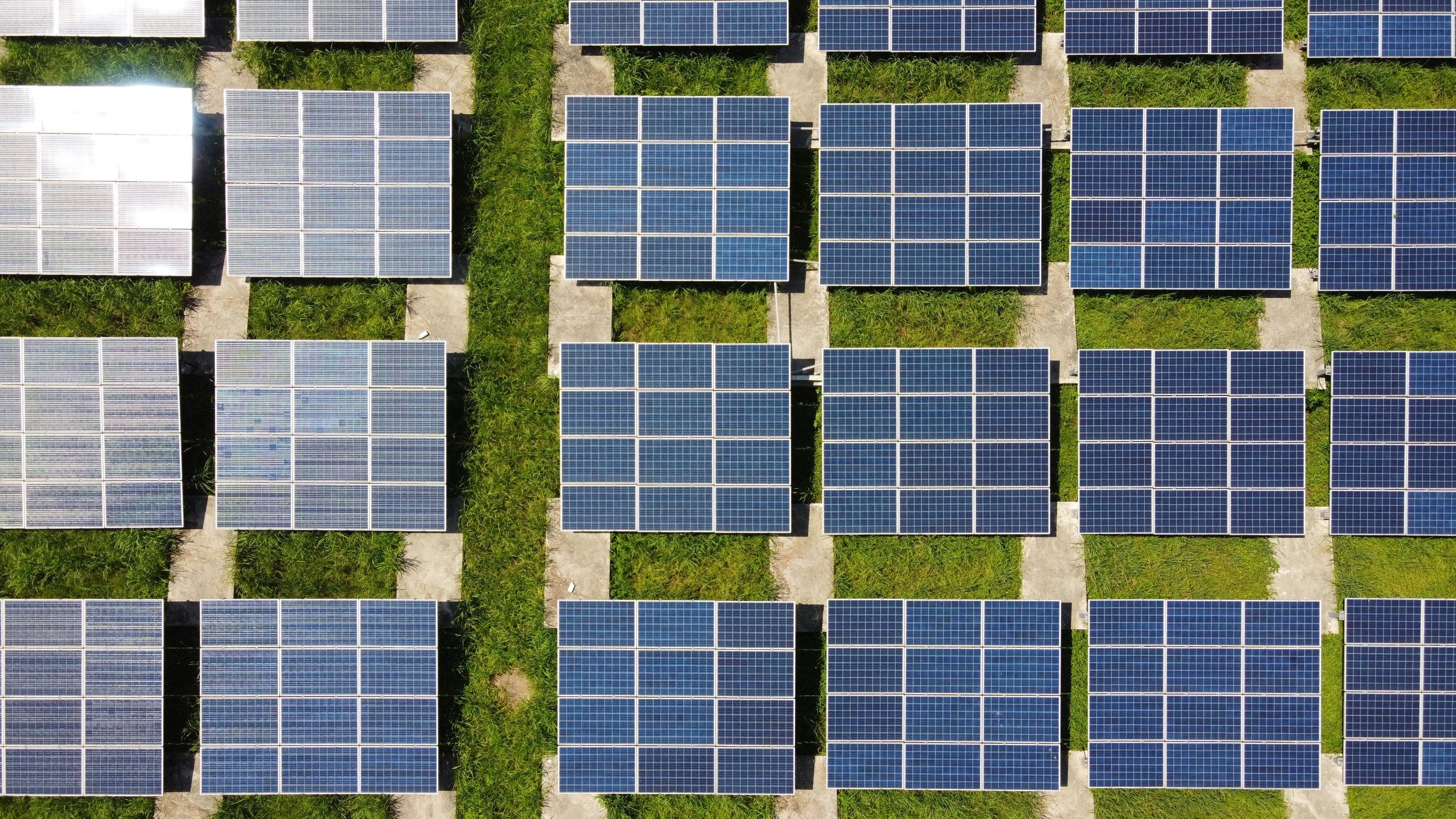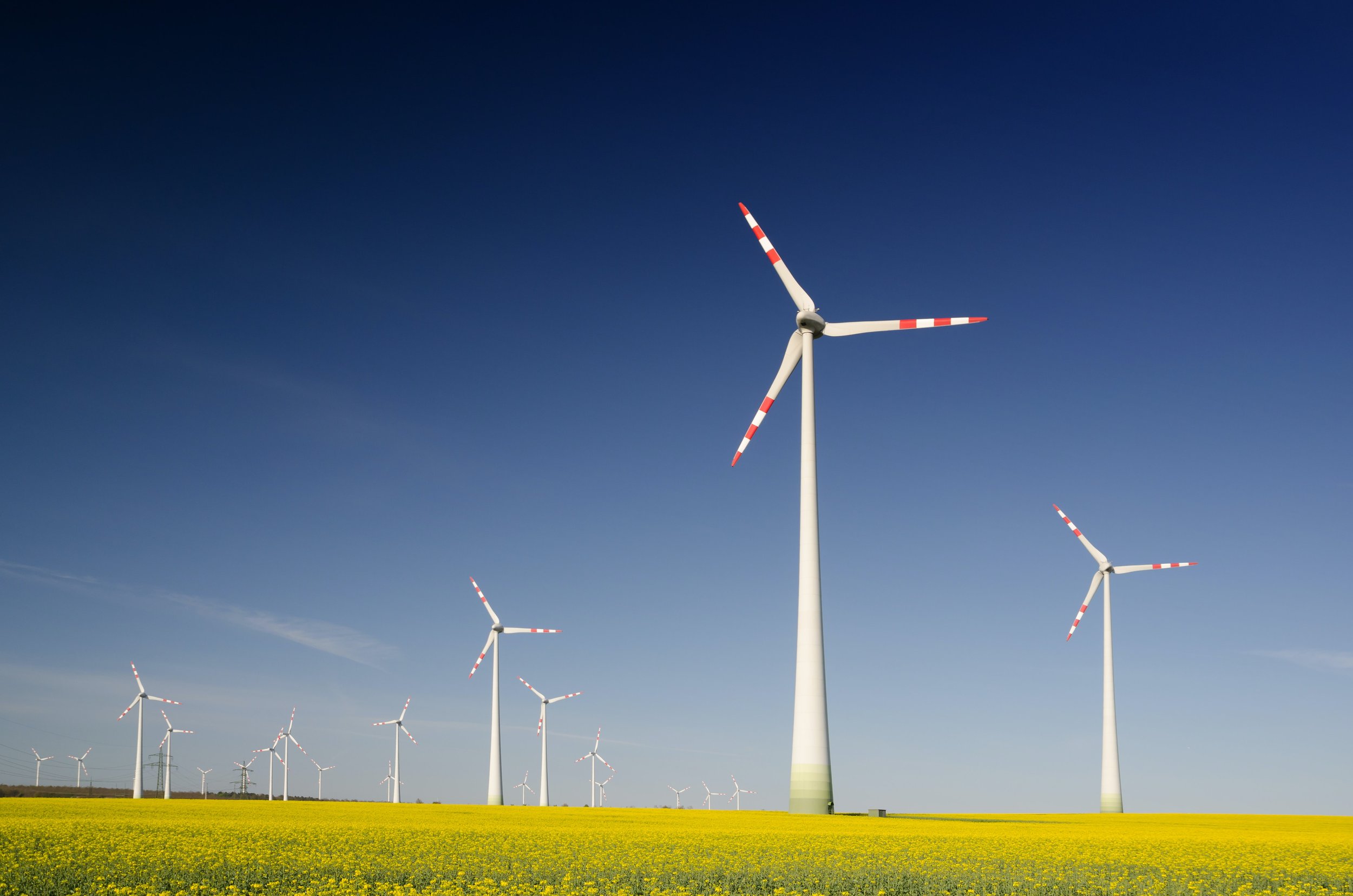The Benefits of Turning Your Lights Off
One of the most commonly cited energy-saving tips is to turn lights off when not in use. If you’re tired of hearing it, you’re not alone. But, in practice, turning lights off when you don’t need them is an important practice for every eco-conscious person.
There are several types of light bulbs with different levels of energy usage, so energy-saving details vary slightly from one type to another. For CFL bulbs, for example, switching on and off does directly impact the lifespan of the bulb itself, so less frequent switching is more efficient in the long run. For other bulbs, including LEDs, switching on and off has no impact at all.
The goal of this article is to help you better understand why we’re so often told to turn the lights off. We’ll go over the energy side of things, but also take a look at other factors such as the health of our bodies and ecosystem as well as the integrity of the night sky.
Photo by Saad Chaudhry
How much energy do lights use?
In order to understand why turning off the lights is better for the environment and your budget, it’s important to know why and how lights use energy and where the energy comes from.
Some of the questions we’ll be addressing in this section include: how much energy do light bulbs really use? Is turning lightbulbs on and off less energy-efficient than leaving them on? Where does our energy come from?
A brief history of the light bulb
As you can imagine, all artificial light requires electricity of some kind to turn on and run. The history of the lightbulb dates back to the 19th century and a handful of inventors, among them Thomas Eddison, who is best known for patenting the incandescent light bulb.
In the 200 or so years since, various advancements have spurred the evolution of the light bulb. Fluorescent light bulbs emerged in the early 20th century, eventually evolving into compact fluorescent lights (CFLs). LEDs (light-emitting diodes) didn’t come onto the scene until the 60s, but have since become the standard for energy-efficient lighting.
Photo by Mika Baumeister
Energy usage by bulb type
There are four main types of light bulbs in use across the world: incandescent, fluorescent/CFL, Halogen, and LED. Of these, incandescent light bulbs are the least energy-efficient, while LEDs are the most energy efficient. Let’s take a brief look at each of these:
Incandescent
An incandescent light bulb uses a metal filament that is heated until it glows. The energy used to do this is primarily given off as heat, with only about 10% going towards the lighting. Although this type of light bulb is being phased out in some places, many homes and cities still use incandescent light bulbs as their primary form of light.
In addition, incandescent bulbs usually use anywhere from 25 to 100 watts (W) of electricity. 25W translates to 0.025kWh, which you can then use to calculate the amount of electricity a light bulb uses when it’s used for, say, 500 hours in a given year (12.5W).
Fluorescent or CFL
Standard fluorescent lights come in tubes and are commonly used in industrial buildings and classrooms. CFLs are compact fluorescent lights that, as the name suggests, are a more compact type of fluorescent light bulb for use mainly in the home.
Fluorescent light bulbs convert UV emissions with a fluorescent coating inside the tube. As explained by StouchLighting, “the UV radiation is generated in the first place by an electrical charge that is run through the inert mercury glass internal to the bulb.” Even more so than other lights, fluorescent lights require a pulse of electricity in order to ignite, which can be more significant with larger lights.
In general, however, fluorescent lights (especially CFLs) are more energy-efficient than incandescent lights. Because of the initial voltage required to ignite the bulb, and the effect of switching on and off on the lifespan of the bulb, it’s best to turn these bulbs off when you’re going to be out of a room for at least 15 minutes.
Halogen
As with incandescent light bulbs, halogen lights are only about 10-20% efficient, meaning that 80-90% of the energy used is released as heat! However, they are slightly more efficient than incandescent bulbs due to the gas inside the bulb; halogen prevents the build up of soot from the burning metal filament, which increases the lifespan of the bulb.
Why does lifespan matter? Well, as with anything, light bulbs require a lot of energy in order to be produced and transported in the first place. Even if the energy usage is similar, a light bulb that lasts twice as long is going to have less of an environmental impact.
LED
The modern hero of the light bulb is the light-emitting diode, or LED. LEDs on average use only 2 to 18W and have a much longer lifespan that is unaffected by switching on and off. Although all light bulbs should be switched off when not in use, LEDs in particular can handle frequent switching, making them the perfect candidate for motion-sensored lights, for example.
Although an LED light bulb might have a slightly higher initial cost, it can save hundreds of dollars in energy cost over the course of its life. Not to mention, LEDs are 100% recyclable!
Does turning light bulbs on and off use more electricity?
You may have heard before that turning lights on and off frequently uses more energy than if you were to just leave them on.
While it’s true that incandescent light bulbs require an initial surge of electricity to turn on, this levels out quickly. In fact, Mythbusters tested this in a series of experiments, and concluded that in terms of energy savings it’s best to turn lights off when leaving a room for more than a few seconds.
Even for fluorescent light bulbs, which use the most energy to turn on, it’s more energy efficient to turn the lights off when not needed for at least 23 seconds. That said, due to the impact of switching on and off on the lifespan of a fluorescent light bulb, it’s best to limit frequent switching.
In contrast to CFLs, LEDs are not impacted by switching on and off since they don’t need an initial surge of energy in order to ignite. This makes them the perfect choice for situations where you might be frequently turning lights on and off.
Where is the energy coming from?
All light bulbs require electricity to function. But where is that electricity coming from? The answer varies depending on where you live.
In all cases, energy first has to be generated. Sources of energy include non-renewable resources such as coal and natural gas, but there are also renewable sources of energy such as wind, water, and solar. If your home has solar panels, you might even be supplying your own energy, or at least some of it.
However, energy isn’t free. It’s not free to you (that is, it costs you on a typically monthly basis), and it’s not free to the environment. You can learn more about the importance of renewable sources of energy here.
If I use LEDs, do I still need to turn the lights off?
Although LED light bulbs use the least amount of energy of any light bulb, it’s still best practice to turn them off whenever they are in use. This saves you energy (and money) in the long run, and puts less pressure on the electrical grid!
Other reasons why turning the lights off is good practice
Although much of the talk surrounding light bulbs concerns their energy usage, lights actually have a bigger impact on our ecosystems than most of us probably realize. That is, artificial lights impact things such as the circadian rhythm, temperature, bird migration, and the ability to see stars.
Let’s take a closer look at the often overlooked impacts of light, and a few more reasons why turning lights off is a good idea.
Light impacts your circadian rhythm
Humans live in an environment with a 24hr diurnal pattern determined by the presence or absence of sunlight. When the sun goes down, our brain and body naturally start to shut down for sleep, while the rising sun signals us to wake up and get going.
The advent of light bulbs has been great for the advancement of our society, allowing us to stay up longer and get more done. But unfortunately, it also messes up your circadian rhythm. Studies show that exposure to light, especially in the 2 hours before bed, can negatively impact your sleep.
To reduce the impact of light on your sleep cycle, turn off or turn down lights as much as possible in the evening.
Turning lights off can keep things cool
Incandescent and halogen light bulbs are the least energy-efficient types of light bulbs. Not only do they require more energy to run, but about 90% of the energy they use is given off as heat.
While the extra heat might not seem like a big deal in winter, it can have a larger impact in summer, releasing extra heat into a room and increasing the need for cooling such as air conditioning, which in turn uses a lot of energy.
Migrating birds can get killed due to light pollution
While most of us understand the importance of conservation when it comes to our water and land, the need to conserve the night sky is less obvious.
Unfortunately, it’s estimated that about 80% of the world’s population lives under light-polluted skies. In Europe and the US, there are very few places, if any, where light pollution doesn’t have a major impact on the local ecosystem.
That’s because many animals and birds rely on the natural patterns of light to survive. Migrating birds especially rely on darkness to navigate the night skies as they fly. Unnecessary lights, especially bright, up-turned ones, can confuse them, lure them in, and ultimately lead to countless deaths.
Light pollution blocks our view of the stars
A more obvious argument from dark sky enthusiasts is the effect light pollution has on our ability to see the stars. In big cities such as LA, most people would have a hard time seeing more than a select handful of bright stars at night. For astronomers, light pollution is making it increasingly difficult to effectively study stars and other celestial objects.
Do you turn off lights when not in use? Do you know what kind of light bulbs are in your home? Tell us more about your challenges or successes below!






















